The issue of waste, the number and variety of which has increased with the development of human beings, has confronted us with events that cannot be ignored today. These disasters, which were faced as a result of the inadequacy of waste management and the carelessness of consumption, also revealed the idea that the perspective on waste should be changed. With this alternative perspective, various concepts have come to life, the most well-known of which may be recycling. Recycling is the transformation of the material determined to be waste into raw material again through some developed processes. In this context, since the recycling process is a concept that consumes energy and expense, it becomes clear that it is not as beneficial a process for all materials as it is hyped to be. At this point, upcycle, as a more beneficial concept, appears in a wide range of sectors. Upcycle can be defined as the use of materials that are determined to have expired, sometimes by improving them in the same way, and sometimes by transforming them with innovative developments.
The upcycling concept is also becoming widespread in architecture, which confronts various problems with resource and space consumption. While the reuse of a building that has been determined to be spatially obsolete in architecture is also an example of upcycling, alternative approaches to the multiple uses of materials produced by consuming raw materials also show that the upcycling concept has become widespread. The place of upcycle, an alternative approach to waste, in architecture, will be covered in this article. For this purpose, different examples were compiled, from situations where materials were used as they were, to situations where discarded materials were transformed.
Second Lives of Discards
Dismantling instead of demolition is one of the increasing debates in architecture. Especially in buildings where materials such as wood, which has a high potential for reuse, are used as the main resource, dismantling provides benefits by preventing the waste of existing materials.
However, although not every building material provides the same suitability, there are systems where suitable materials are brought back into economy and designs. These examples can be seen when networks established with various independent actors or companies in different parts of the world harvest reusable materials from buildings. In addition to building materials, unexpected materials such as overlooked containers or aircraft parts may also be reused in buildings. Examples of reusing materials that may be seen as waste at first glance with different functions in the same form are now frequently encountered in architectural projects.
Freitag Flagship Store
Location: Zürich, Switzerland
Architect: spillmann echsle architekten
Inspired by a view of the transit bridge, Freitag began manufacturing tarp bags in 1993. In 2006 they decided to sell bags made from tarps in a shop made from containers. The Geroldstrasse area where the project is located is shaped by various transportation networks that intersect it. It has outdoor storage facilities in addition to a few dispersed tiny temporary buildings. The project enhances the surroundings by providing a daytime use that is attractive to the public. Placing the building away from the street helps outline the extent of the adjacent undeveloped area. The lower part accommodates a retail store, while the tower serves as a landmark within the international rail and road traffic corridor.
The project was designed entirely from reused containers. For the project, 17 rusty, recycled cargo containers were personally selected from Hamburg and brought to Zurich by train. The standardized 20-foot shipping container is repurposed as a foundational element for an architectural intervention. A tiered tower ascends nine units above a base measuring 5 by 2 units. The arrangement of the containers follows their original design principles, utilizing only connecting elements from the shipping industry to facilitate easy disassembly.
Kamikatsu Zero Waste Center
Location: Kamikatsu, Japan
Architects: Hiroshi Nakamura & NAP
Kamikatsu is a small city committed to the zero-carbon principle. In order to prevent incinerator damage in the region, approaches to dealing with garbage at the source have been adopted to minimize the damage. In the city, where residents separate their garbage into 45 categories, 80% recycling is achieved. The recycling center provides a focal point for recycling activities and includes a community hall, reuse store, event space, and hotel, allowing stakeholders to share their ideas and values with visitors.
Nakamura’s studio worked with Yamada Noriaki Structural Design Office to design a structure using untreated cedar logs, reducing the waste associated with square lumber. The building’s facades were made using wood cuttings and approximately 700 windows donated by the community. Recycled glass and pottery were used to create the terrazzo floor. Materials donated by the companies, including bricks, tiles, wood flooring, and fabrics, were all reused within the building. Recycled glass and pottery were used to create the terrazzo floor.
Materials including bricks, tiles, wooden flooring, and fabrics were all reused throughout the building. The unwanted objects were recovered from a variety of local buildings, including abandoned houses, a former government building, and a closed secondary school. Harvest containers from the shiitake mushroom factory are used as bookcases in front of the window in the office. The combination of discarded materials collected from different places in a zero-waste concept public space emphasizes the diversity and importance of reuse on an architectural scale.
The Cineroleum
Location: London, United Kingdom
Architect: Assemble
The Cineroleum was a self-initiated project that transformed a petrol station on Clerkenwell Road into a cinema. The project served as a trial for exploring broader possibilities in repurposing the UK’s 4,000 vacant petrol stations. The Cineroleum was a creative reinterpretation inspired by the opulent imagery and luxurious interiors of the Golden Age cinema. Traditional elements were reconstructed for the roadside environment using cost-effective industrial, reclaimed, or donated materials. Folding seats were crafted from scaffolding boards, the entrance area was adorned with Formica-clad school chairs and tables, and a hand-sewn curtain made from approximately three kilometers of roofing membrane enclosed the auditorium. The project constitutes an example of upcycling in terms of materials and space, both by reusing unexpected materials at first glance and transforming them into a building, and by transforming a spatially idle area into a cinema.
Waste as Resource
The endless consumption of raw material resources and the resulting resource crisis brought alternative perspectives on existing ones. People who decide that production has come to an end can benefit from these results when they change their perspective on the end product. In this context, giving a waste label to a material brings it to the final end through waste management, while seeing it as a resource and ensuring its reuse by transforming it into a new material has become a widespread concept in architectural practice. Materials that cannot be used in the form in which they are produced can be used in buildings as new materials by going through various processes.
StoneCycling – WasteBasedBricks
Tom van Soest and Ward Massa co-founded StoneCycling in 2013 and are based in Amsterdam. StoneCycling repurposes demolition and construction waste to create new building materials. “Moving towards beautiful building materials made from hundred-percent upcycled waste with a positive carbon impact on the planet,” the company’s mission states. The company includes different products such as WasteBasedBricks, WasteBasedSlips, BioBasedTiles, etc. The process of making WasteBasedBricks includes several detailed steps. After choosing proper materials from piles of waste bricks, crunching, kneading and baking come to the fore. The company’s products, which have been improving since the day they started, have examples that have been used in a wide range of projects.
Cork House – Building from Cork Blocks
Location: Eton, United Kingdom
Architects: Dido Milne, Matthew Barnett Howland, Oliver Wilton
Cork House is a project that presents an alternative approach to building materials by using load-bearing cork blocks as the main material. It is located beside the River Thames in response to the impact of architecture on biodiversity with reliance on single-use materials. The house consists of five volumes with pyramid-like shaped skylights on the top. The cork blocks are supported by timber elements, and the design is thought to be easily dismantled and reused if necessary in the future.
The project’s sustainable construction system is based on 1,268 expanded cork blocks. Cork blocks are made by heating cork granules to form a solid material. Their connections were made by interlocking joints and formed modular parts that can be easily used to self-build solid walls. This connection also provides reusability of the material with no need for binders such as glue or mortar.
Cork is gaining popularity as a material in the field of architecture. Although Cork House is the initial full-scale building to employ the material as its structural component, numerous architects have recently incorporated it as a cladding material.
Kenoteq – K-Briq
K-Briq is an innovative building material that is made of 90 percent construction waste created by the Scottish start-up Kenoteq. Conceived by engineering professor Gabriela Medero at Heriot-Watt University in Edinburgh, the K-Briq produces less than one-tenth of the carbon emissions during its manufacturing compared to a standard brick. K-Briq, created by reusing waste materials such as brick, stone, and plasterboard, also demonstrates its environmentally friendly approach with its unfired production. The material, which has a color palette of thirteen different options with recycled pigments, also responds to aesthetic concerns. K-Briq, which stands out with its features such as 100 percent recyclability, no firing requirement, strength to compete with traditional bricks, high thermal mass, and low carbon footprint, is expected to be available for commercial use at the end of 2023.




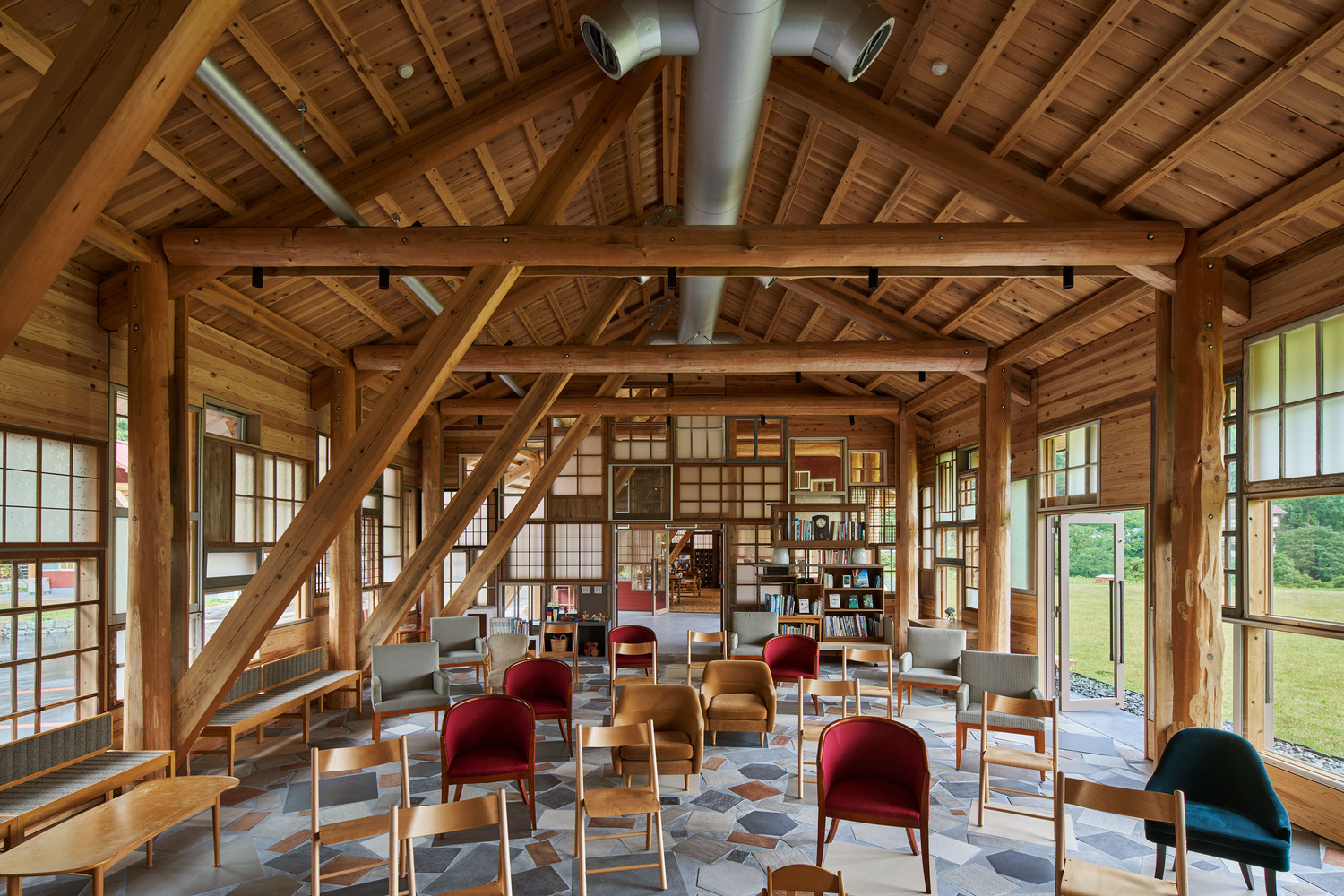
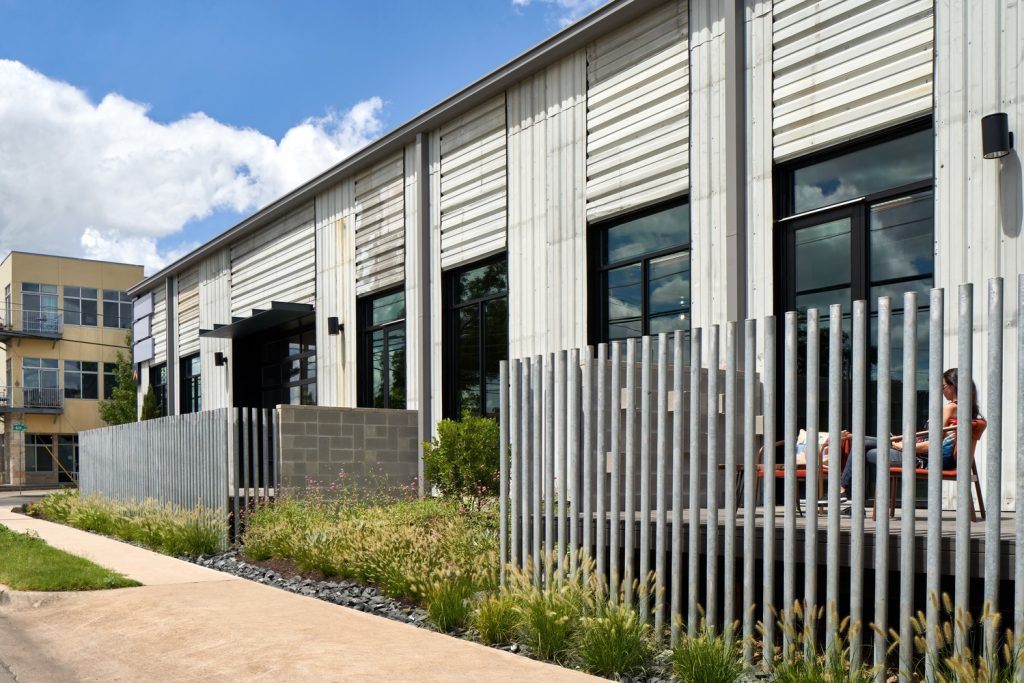
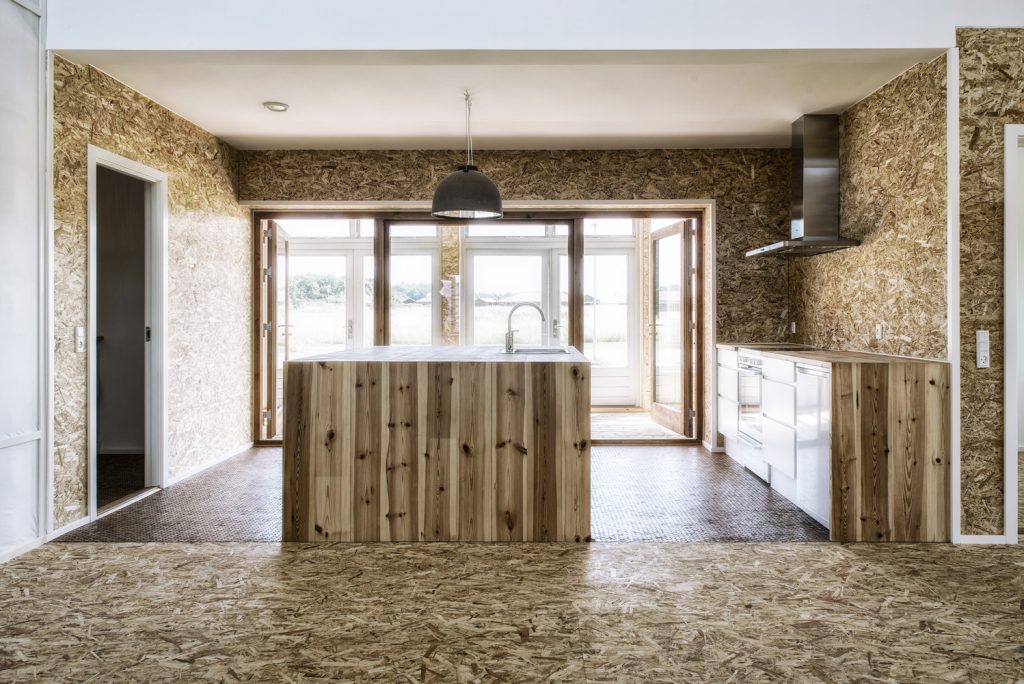
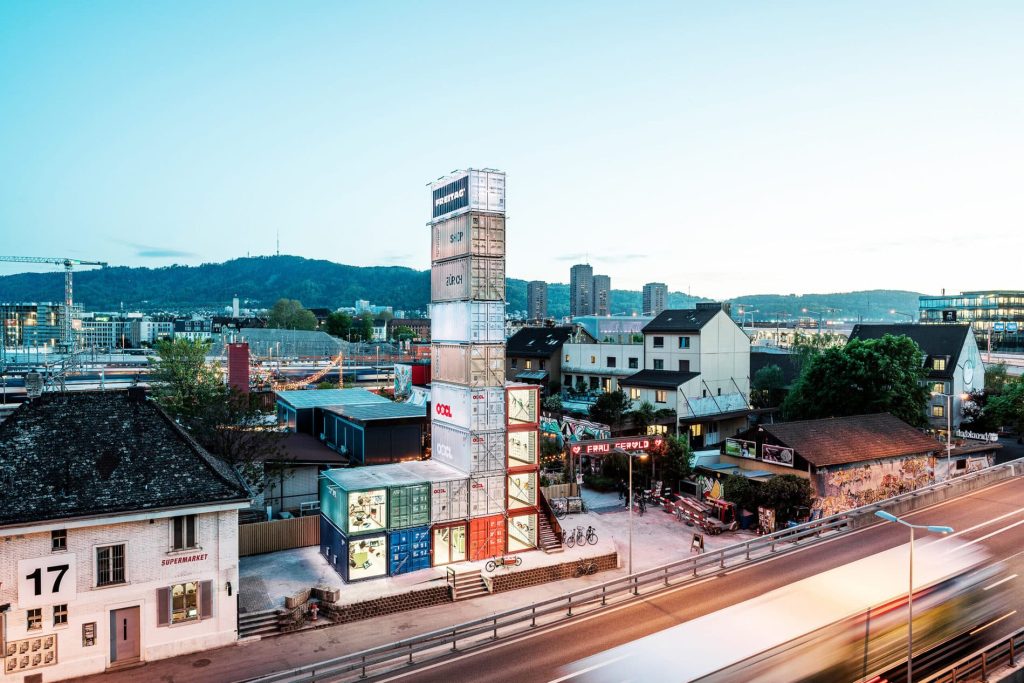
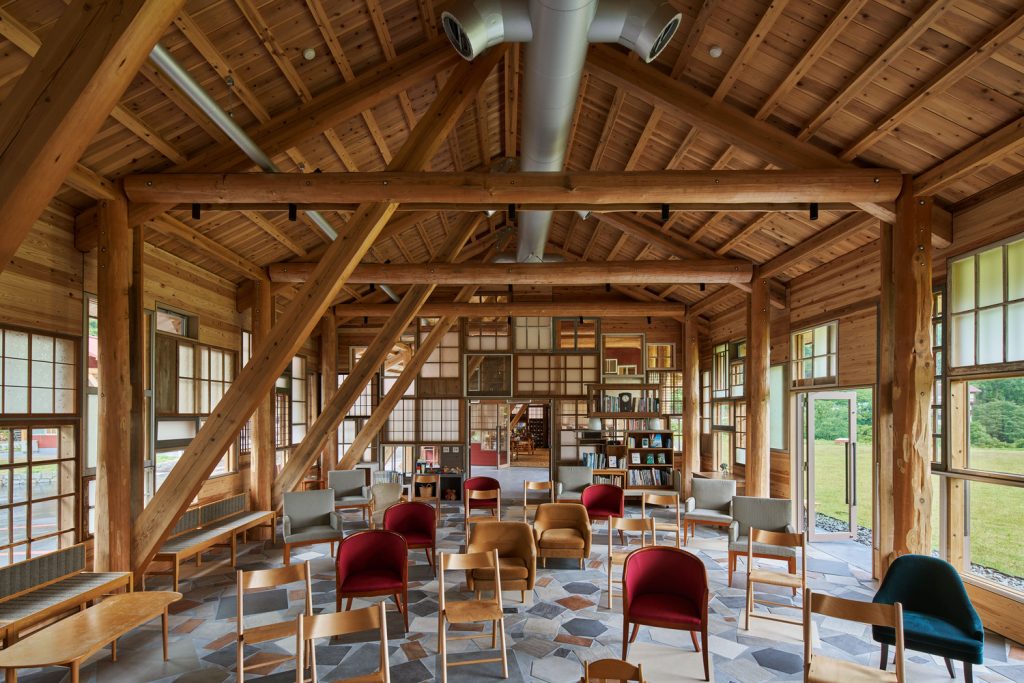
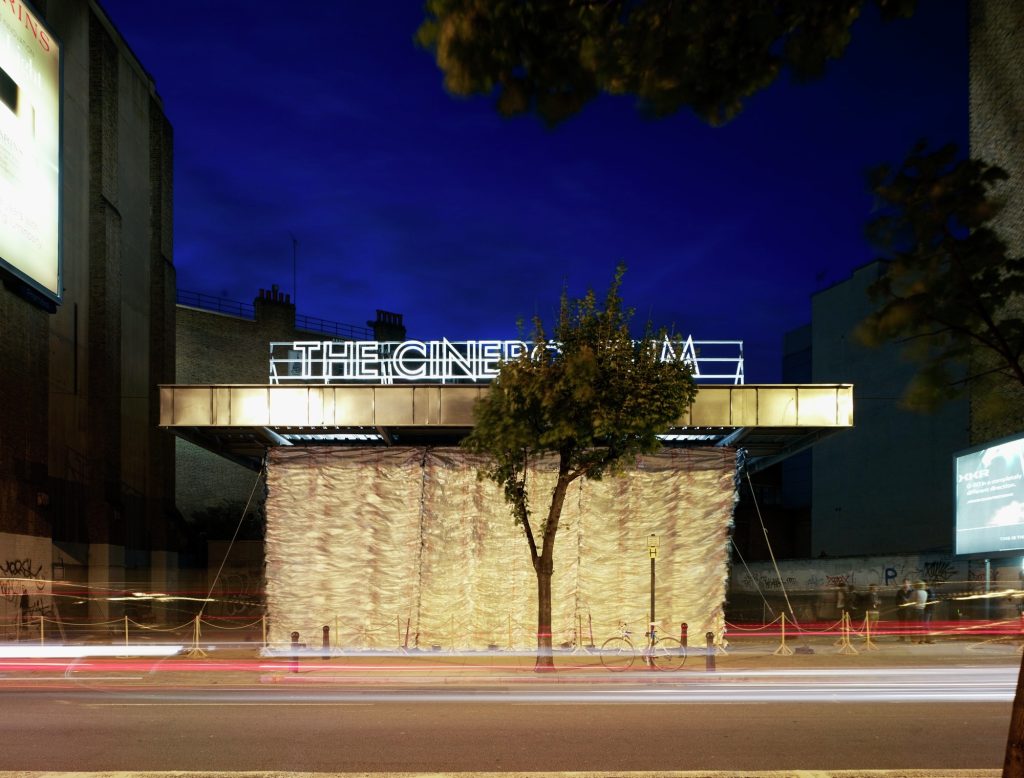
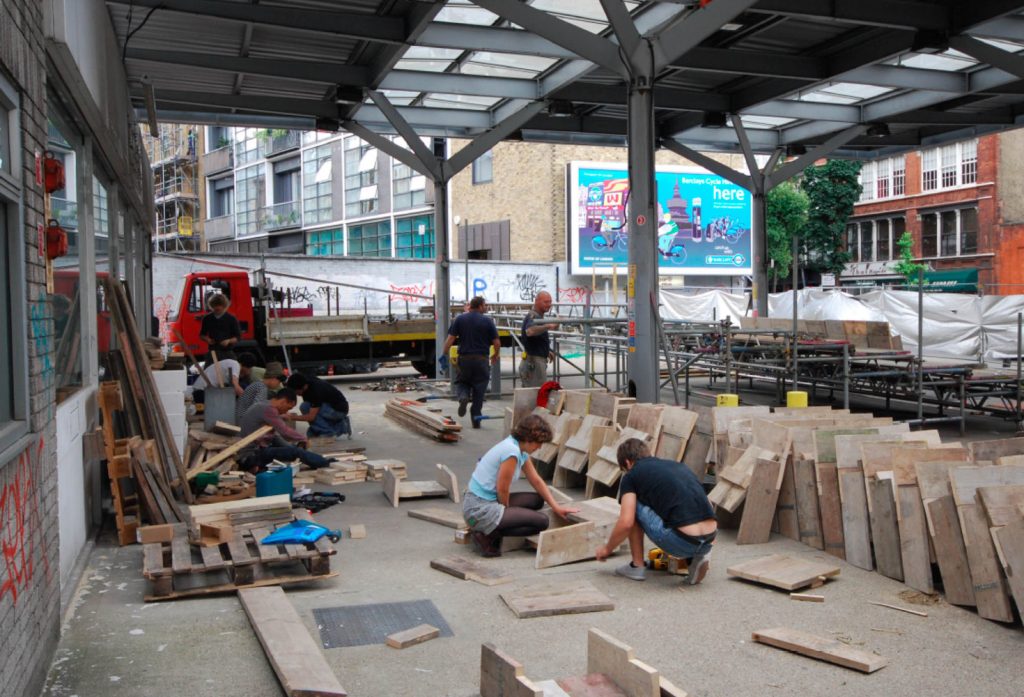
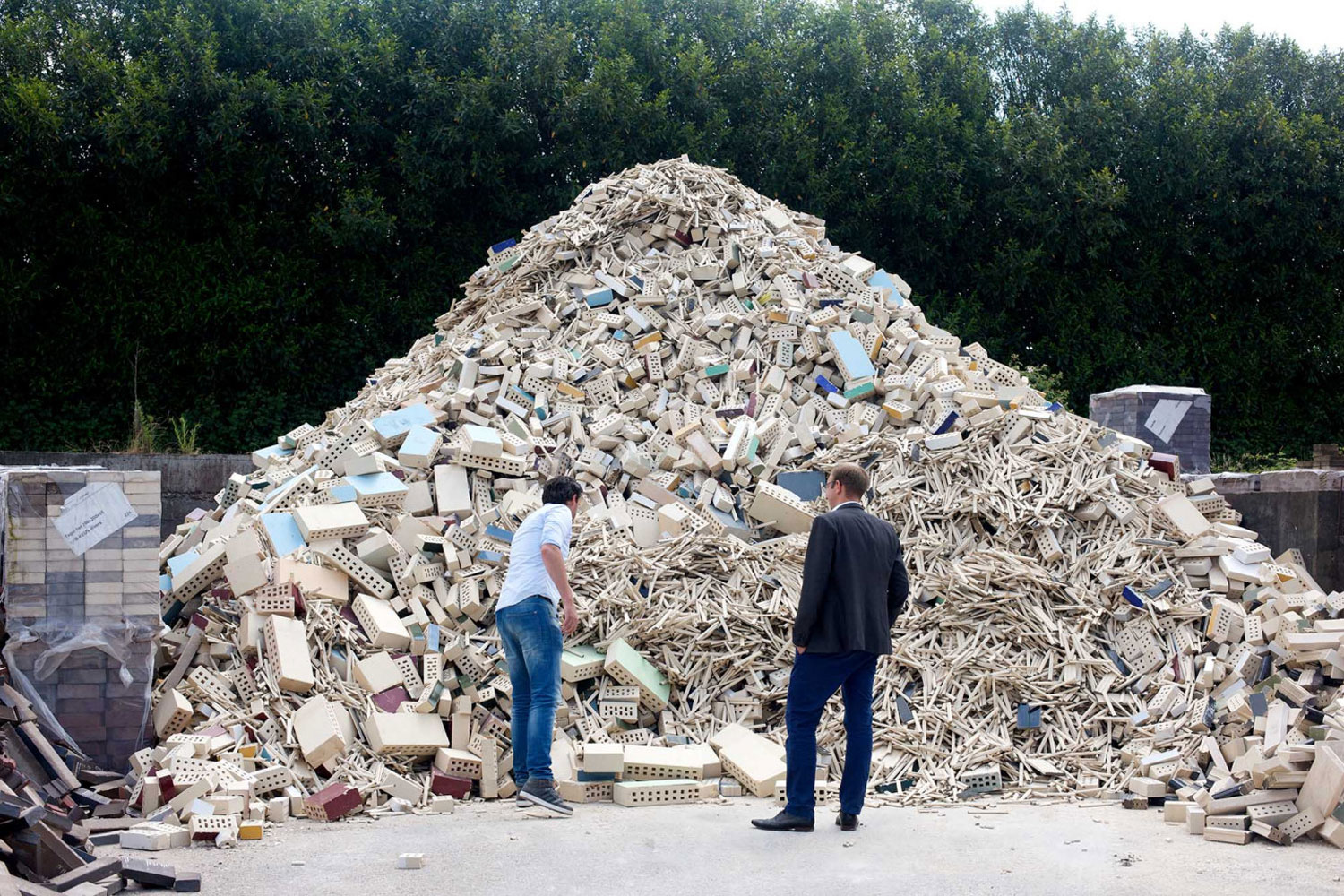
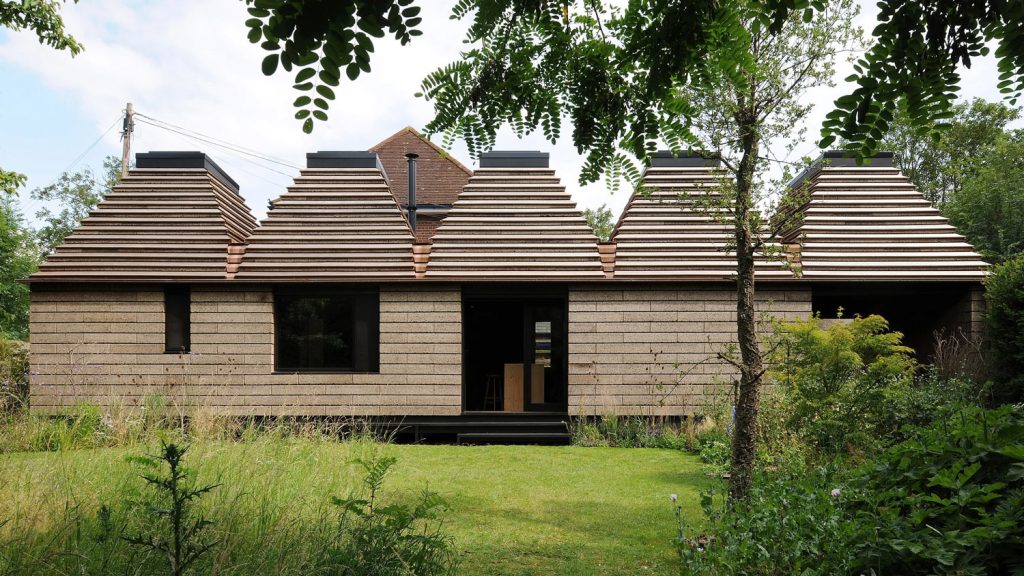
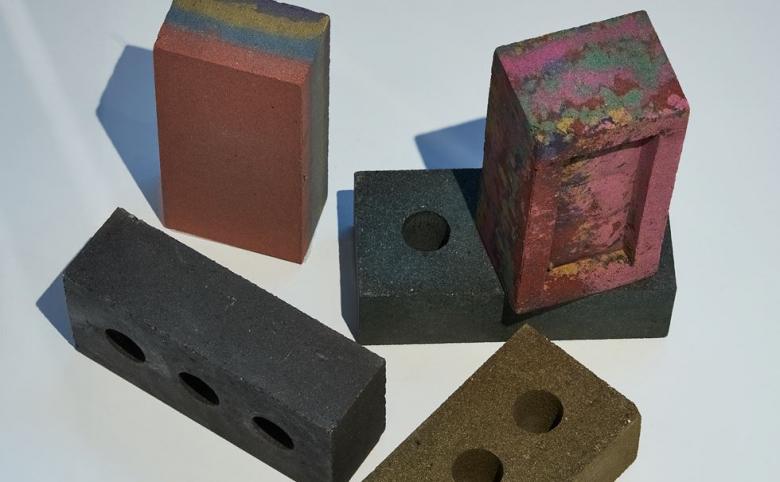














Leave a comment